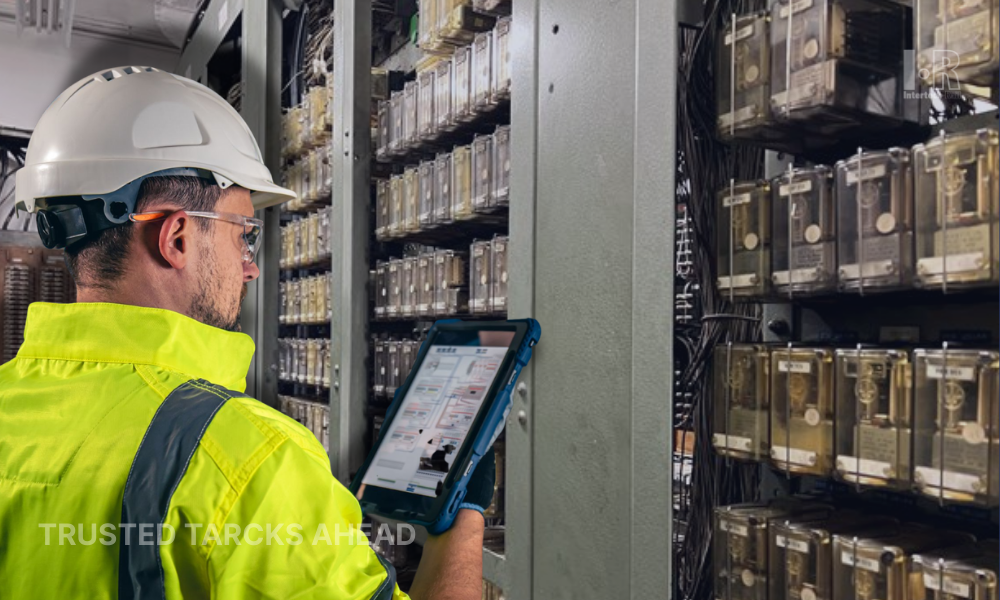Smart Rail Balises: RFID and Beacon Compared
Smart Rail Balises: RFID and Beacon Compared
Balises in Railway Systems: Understanding the Difference Between Beacon and RFID Technologies
Accurate and dependable wayside-to-train communication is more important than ever in today's railroads. Balises, sometimes referred to as trackside transponders, are essential for sending data to rolling stock systems for automation, safety, or monitoring. However, not all balises are made equally. RFID-based balises and beacon-based systems are the two most popular technologies in this industry; each has special traits, advantages, and disadvantages.
Let's examine their functions and, more crucially, determine which one could be most appropriate for your business.
RFID Balises: Passive Precision
AEI (Automatic Equipment Identification) systems frequently use RFID (Radio-Frequency Identification) balises. Usually, the reader positioned beneath a passing train activates passive tags that are placed on or close to the track.
How They Work:
An electromagnetic signal is sent out by the reader positioned on the train. A distinct ID or pre-programmed data set is reflected back by the tag once it reaches the balise (or tag). The tag doesn't need to have its own power source for this exchange, which is quick and dependable.
Advantages:
- Low Maintenance: Passive tags have no batteries, meaning fewer replacements and lower lifecycle costs.
- Durability: Designed to withstand harsh outdoor environments — rain, heat, snow, and vibration.
- Proven in AEI: Ideal for train identification, wagon tracking, or triggering logic in automated yard management systems.
Limitations:
- Short Data Exchange Window: Due to brief interaction time at high speeds, limited data can be transmitted.
- No Active Feedback: RFID tags cannot initiate communication or detect their environment.
Beacon Balises: Intelligent Communication
Beacon-based balises are active devices that frequently use proprietary wireless protocols or Bluetooth Low Energy (BLE). Periodically, they send out signals to neighboring train-mounted receivers to let them know they are there.
How They Work:
At predetermined intervals, beacons broadcast pre-written messages. As a train gets closer, the signal is picked up by the onboard receiver, which then correlates it with GPS or onboard logic for alarms, diagnostics, or positioning.
Advantages:
- Active Range: Greater communication distance compared to passive RFID.
- Programmability: Can store and transmit more complex instructions, such as signal zone alerts or system diagnostics.
Limitations:
- Power Dependency: Beacons require power sources—either batteries or fixed power cabling—which increases both installation and maintenance costs.
- Interference Risks: Wireless signals can be affected by environmental factors or overlapping transmissions.
Which One Should You Use?
The right choice depends on your application, budget, and infrastructure.
Application Recommended Type
Wagon/Asset Identification RFID
Low-cost, passive logic triggering RFID
Dynamic communication or signaling zones Beacon
Indoor/tunnel train positioning RFID
High-data transmission needs Beacon
At IntertechRail
We integrate intelligent, scalable solutions, such as hybrid systems that combine the best features of Beacon and RFID technology, with rail operators worldwide. Our engineering staff can evaluate your particular operating environment and provide a customized deployment that puts safety, automation, and dependability first.
Need help evaluating if RFID balises are the right fit for your operation?
Let’s talk. Our experts are here to design the right fit for your rolling stock and infrastructure.




